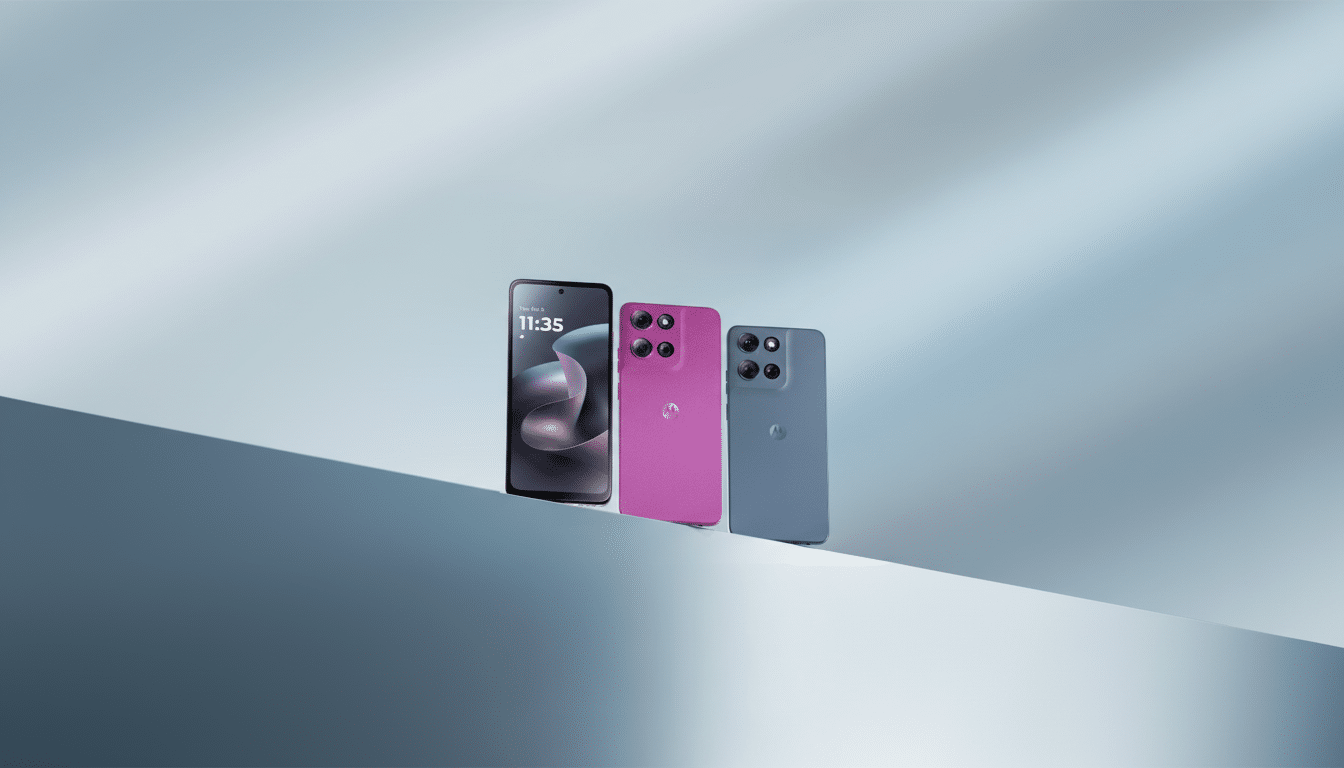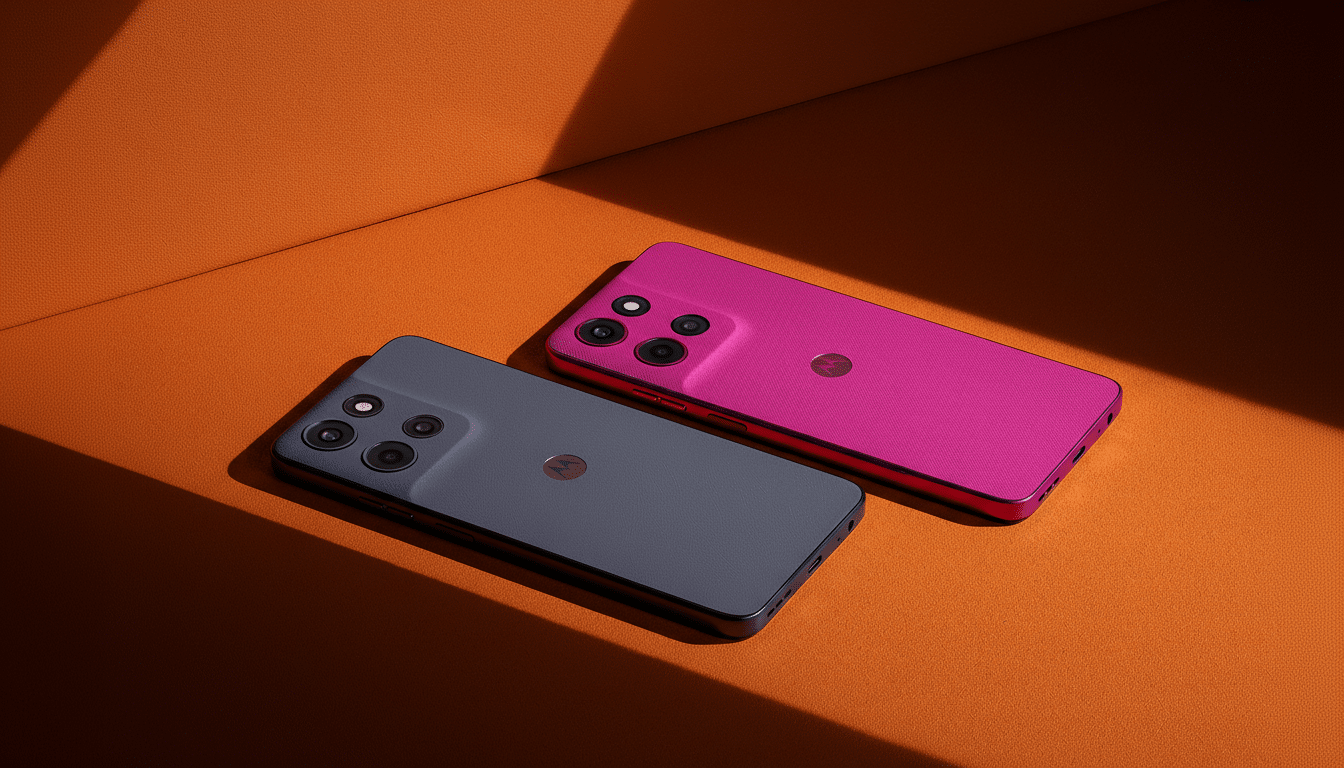Motorola’s latest budget phones, the Moto G 2026 and Moto G Play 2026, double down on two features that have become virtually extinct in high-end smartphones: a 3.5mm headphone port and a microSD card slot. In an era where premium devices are mostly moving to sealed designs and wireless everything, including earbuds, these Moto G models make easily marginalized major-competitor concessions seem less inevitable.
Two Holdouts You Won’t Get On a Lot of Flagships
The highlight is straightforward: Both phones allow you to plug in wired headphones and expand the storage with a microSD card. That pairing is virtually unheard of in the flagship space. Apple’s iPhone 15 Pro line, Samsung’s Galaxy S24 series, and Google’s Pixel 9 family ditch both. The exceptions to that rule are rare; aside from the Sony Xperia 1 VI and its retained jack, card slot, and clear message regarding continuing interest in such things, it’s just not becoming of a premium brand.

For people who lash out at the inclusion of dongles and cloud dependence, this is a big deal. Wired means the audio quality is reliable and without weird compression anomalies, and a microSD slot grants you affordable, unlimited room for photos, video clips, or offline media types. It’s a utilitarian combo that solidly addresses what value-conscious users crave.
Why These Features Still Count for Many Users
Audio latency is a predominant example. Independent tests from the likes of RTINGS reveal that typical Bluetooth earbud latency falls in the 150–250ms range, something which can be felt by gamers and video editors. Wired audio can effectively be considered instantaneous, which makes the humble 3.5mm jack as much a performance feature as it is a habit of convenience for many.
Storage economics are another draw. High-capacity microSD cards are easy to find, and lots of 512GB A2-rated cards cost significantly less than moving up to a phone with more storage. MicroSD (often UHS-I) isn’t as fast as internal UFS storage — think around 90–160MB/s vs several hundred MB/s up to 1GB/s with internal memory, in sequential read speeds — but it’s more than suitable for media libraries, downloads, and footage archives. Makers that shoot tons of 1080p or 4K video can offload quickly without a laptop.
Hardware Specifications and the Current Pricing Context
Internally, the Moto G 2026 and Moto G Play 2026 are identical phones with a Dimensity 6300 chipset paired with 4GB of RAM, a 6.7-inch LCD display (running at Full HD resolution and refreshed at up to 120Hz) and protected by Gorilla Glass 3, a large 5,200mAh battery, and a splash-resistant IP52 rating. It’s a clean build of Android, with only minor tweaking from Motorola.
The Moto G 2026 is the more advanced model: 128GB of storage, 30W charging via cable, a main camera with a depth sensor, and a selfie cam at 50MP/2MP/32MP. The Moto G Play 2026 cuts that back to 64GB of storage, 18W charging, a single rear camera with a lower-res 32MP sensor, and an 8MP selfie snapper, but it adds two big features the past couple Play models lacked: NFC for tap-to-pay use and superfast (in some areas) 5G connectivity. Pricing remains aggressive at $199.99 for the Moto G 2026 and $169.99 for the Moto G Play 2026, reinforcing their value-first positioning.

The Flagship Landscape and Current Market Trends
So why don’t we see any of these features back in flagships? In industry parlance, pundits often blame the priorities of design and margins: thinner bezels, bigger camera sensors, more substantial haptics, and more antennas mean there is little space left for ports from the past. High-end buyers also lean in favor of cloud services and wireless audio ecosystems. Market trackers including Counterpoint Research have pointed to an increasing prevalence of the premium segment by revenue over volume, a trend that gives brands more leeway to prioritize materials, thinning down, and an end to modular ambitions.
Here, then, is the split. The majority of $800 to $1,300 handsets have adopted wireless audio and fixed storage tiers. There’s also the fact that budget and midrange devices, particularly in the Android realm, continue making room for wired listening or expandable storage — their target markets value low real-world costs of ownership and flexibility.
Who Gains the Most From These Practical Choices
If you commute with wired earbuds, game in a highly competitive environment, or record long interviews and want a low-cost way to archive files off the phone, these Moto G models are for you. On the road and in low-bandwidth conditions, users and travelers see benefits from expandable storage for offline maps, streaming downloads without the data expense, or 10+ tune playlists, including large photo libraries, without paying premium prices for extra internal capacity.
One of the most practical tips: match performance expectations with the use case. Large apps can take longer to install on the microSD card, and not all apps support running from external storage. But for media and files, the value proposition is hard to beat.
Bottom Line: Value Features That Many Still Prefer
At a time when high-end phones are removing choice, the newest Moto G and its sidekick version bring it back. A headphone jack and a microSD slot might not be glamorous, but to many buyers, they’re the perfect feature set — and at just $199.99 and $169.99 apiece, they’re accessible without compromise.

